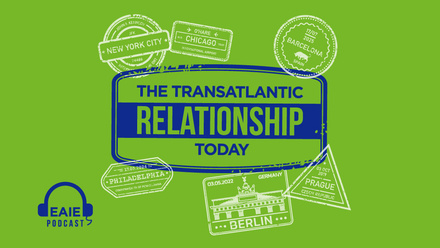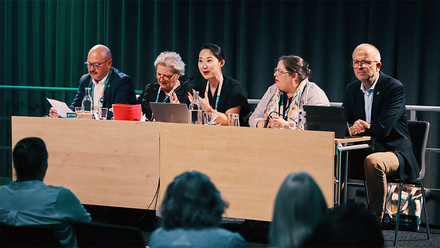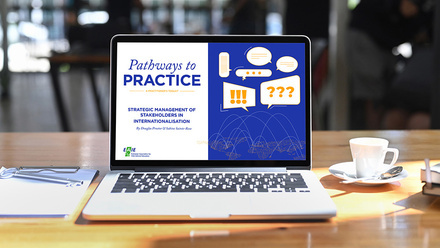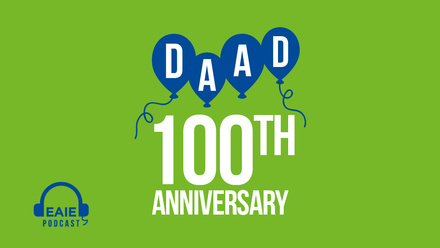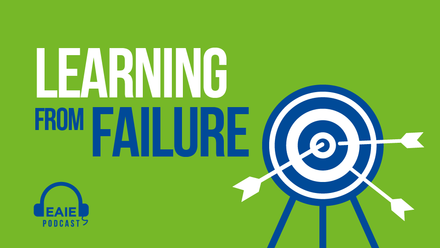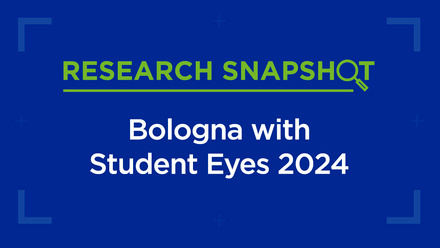Maximising engagement and impact at international education conferences
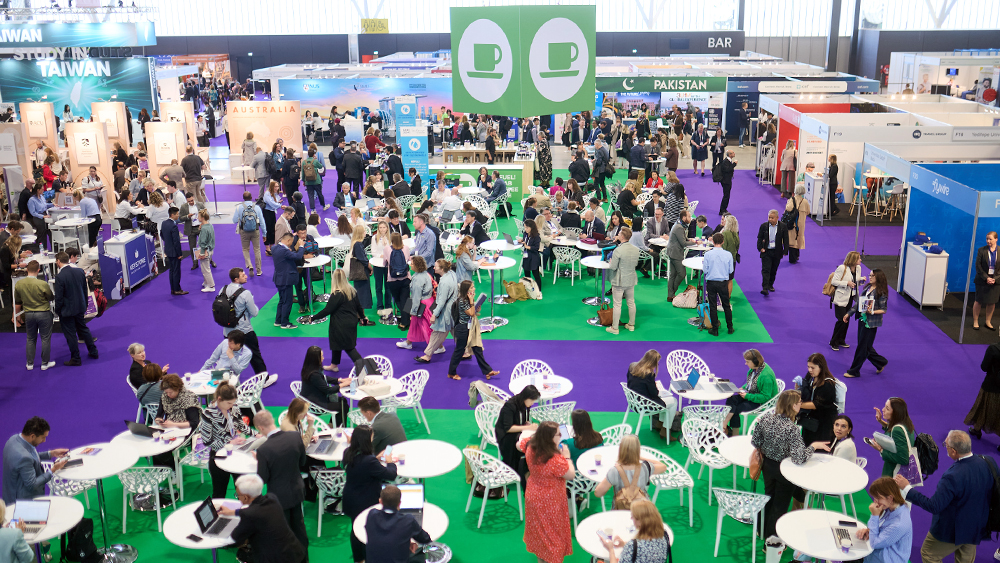
EAIE 2024 may have finished, but our work has just begun. International education conferences are not just about the days spent at the exhibition — they’re about the lasting impact and the opportunities that emerge afterward. Now is the time to take a closer look at how we can maximise our conference experience and turn meaningful interactions into real, actionable outcomes. Whether it's through solidifying partnerships, driving new initiatives or applying fresh insights, the work that follows is what truly defines success. Let’s dive into the steps that will ensure we leverage the momentum from EAIE 2025 to achieve our long-term goals.
1. Pre-conference preparation: laying the groundwork
Successful conference participation starts long before you step into the event venue. A month ahead of time, you should be gearing up by planning your objectives and organising critical activities.
Here’s what we do at my own institution, FHNW the University of Applied Sciences and Arts Northwestern Switzerland:
-
Identify key issues: Assess the most pressing topics that require in-person discussions with partners or stakeholders. Are there contract details to finalise or new collaborations to explore?
-
Strategise partner meetings: Schedule important meetings with VIP contacts, key partners, or prospects. Face-to-face meetings provide a more meaningful way to strengthen relationships.
-
Boost your digital presence: Social media is your friend here! We launch targeted campaigns to let our network know we’ll be attending, offering a sneak peek into our agenda and inviting partners to connect.
-
Pre-conference engagement: Hold online meetings to resolve any issues ahead of time. This keeps things smooth and frees up more time at the conference for strategic discussions.
-
Explore synergies: Partnering with organisations like Swissuniversities and Movetia allows us to discover opportunities for collaboration and funding that align with our goals.
-
Scout potential partners: Do your homework by researching institutions that align with your vision. If they’re attending, this could be a great time to connect.
-
Align with themes: Look at the conference themes and see where they intersect with your institution’s mission. This helps you focus on the sessions and events that matter most.
2. At the conference: The art of engagement
Once the conference is underway, it’s time to focus on making the most of every opportunity for networking and knowledge sharing. Being fully present and engaged is key.
Some of the ways we make the most of our time at conferences:
-
Pre-scheduled meetings: Having key meetings lined up ensures you don’t miss out on discussions that could turn into game-changing opportunities.
-
‘Meet & greet’ sessions: These casual encounters allow us to solidify relationships with current partners, catching up on their latest initiatives and exploring potential collaborations.
-
Share knowledge: Presenting at peer-reviewed sessions is an excellent way to showcase expertise and position your institution as a thought leader.
-
Learn from others: Attend sessions that align with your interests to gain insights into global trends and strategies in higher education.
-
Network, network, network: Breakfast meetings, receptions, and social events provide prime opportunities for making new connections in a relaxed setting.
-
Represent your institution: Being present at the exhibition stand lets us engage with peers and partners, showcasing our institution’s strengths and offerings.
-
Take the stage: Participating in keynotes or panel discussions, as I often do, helps raise your institution’s profile and demonstrates leadership.
-
Stay active on social media: Live tweeting and posting updates keeps your online audience engaged and connected to your conference experience.
3. Post-conference: Keeping the momentum going
When the conference wraps up, the real work begins. Effective follow-up ensures that the conversations and connections made don’t fizzle out but instead lead to lasting partnerships and action.
What comes next?
-
Follow-up plan: We develop a structured plan to follow up on all the connections made during the event. This ensures that no opportunities are missed.
-
Report and reflect: It’s crucial to summarise the conference’s outcomes in a detailed report, highlighting action points and next steps.
-
Track progress: Keeping an eye on the initiatives discussed ensures that plans turn into actions.
-
Evaluate and improve: Look back on what worked and what didn’t. This reflection informs how we approach future conferences.
-
Integrate new insights: Incorporate what you’ve learned into your institution’s strategic plans to continue evolving and improving.
Conclusion: The key to long-term impact
Attending an international education conference isn’t just about showing up — it’s about maximising every moment before, during, and after the event. At FHNW, we’ve found that a well-planned approach results in stronger partnerships, new opportunities and a broader impact on the global higher education stage.
By following this full-cycle strategy, institutions can not only amplify their presence at conferences but also turn these engagements into long-term benefits. Whether you're looking to establish new partnerships or strengthen existing ones, approaching conferences with a strategic mindset makes all the difference.
Let’s keep ‘En Route’ — whether at the next international conference or online. Stay connected, stay engaged, and #GO-create in Gothenburg!

